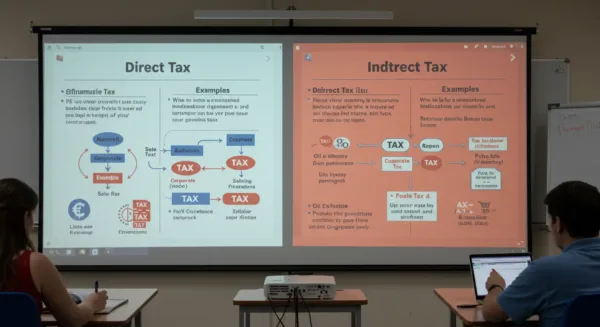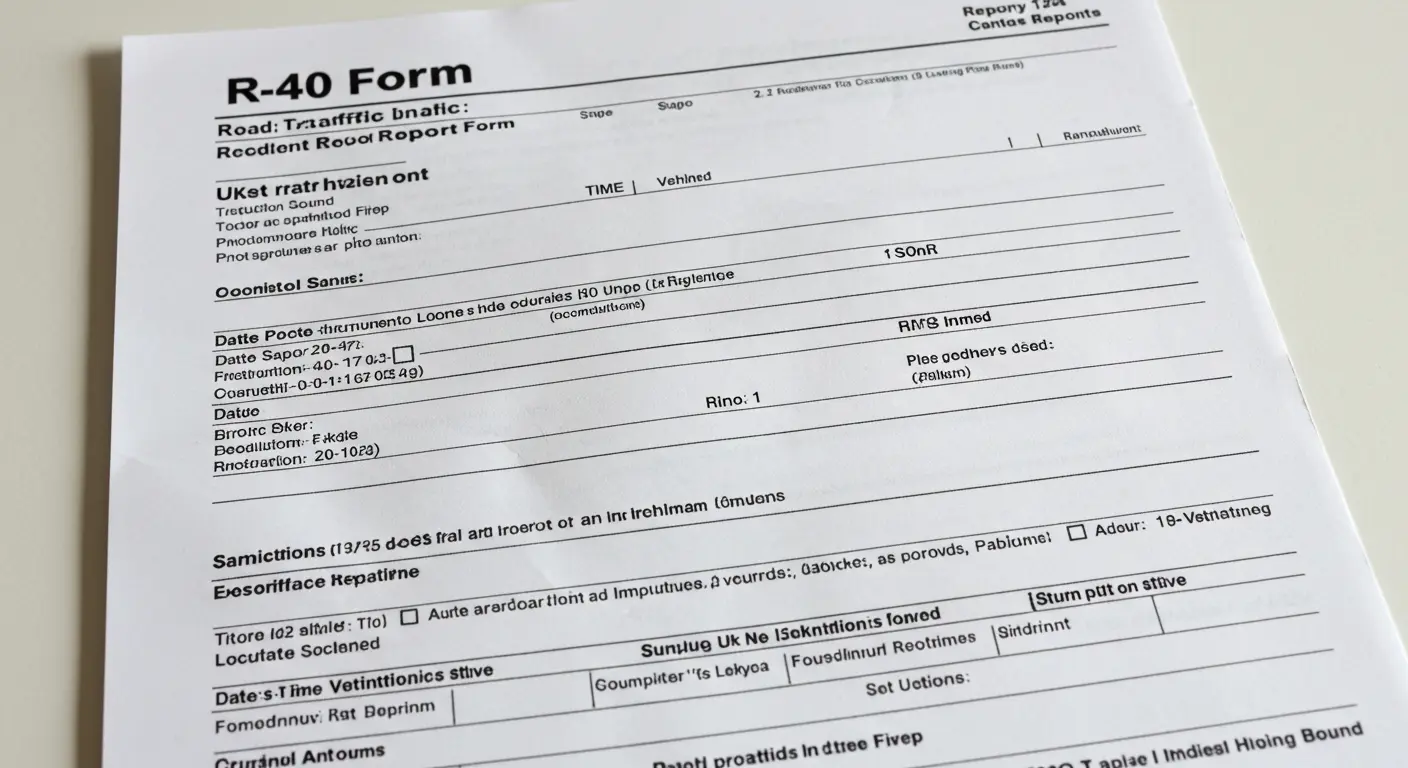What is direct taxation?
Direct taxation is the term that is used to describe the taxes levied directly on people and companies according to their property, income, or income. Since these taxes cannot be transferred, the taxpayer is in charge of paying. Income tax, corporation tax, capital gains tax, and inheritance tax are all considered to be the form of direct taxation in the United Kingdom. The progressive character of direct taxation is one of its main benefits.
A higher percentage of their income is contributed by higher tasks compared to low earnings. This system helps reduce income inequality by guaranteeing that taxpayers contribute within their means. In terms of economic policy, the difference between direct and indirect taxes is important. Indirect taxes such as VAT and excise are imposed on goods and services, while direct taxes apply to income and money.
What Is the History of Direct Taxation?
The history of direct taxation in Britain is over many centuries. Initially, landlords and property holders were taxed to fund war and government expenses. However, the definition of modern direct tax emerged in 1799 when Prime Minister William Pitt introduced the Income Tax to finance the UK war against Napoleon France. This initial tax system was terminated in 1816 but was restored in 1842 by Sir Robert Peel due to an increase in government expenditure.
Since then, direct taxation has developed, including various taxes and allowances. By the 20th century, direct and indirect taxation became a major component of the UK’s fiscal policy. Today, direct taxation remains a major revenue source, which funds public services such as healthcare, education, and infrastructure.
What is an example of a Direct Tax?
A direct tax definition, history, and example provide clarity on its application. One of the most common examples of direct taxation in the UK is income tax. Employees, self-employed persons, and businesses pay income tax based on their earnings. The tax rate depends on the income brackets, paying a large percentage with a high earner.
Other examples include:
- Corporation Tax: A tax on company profits.
- Capital Gains Tax: Tax on the profit from selling assets like property or shares.
- Inheritance Tax: Levied on estates exceeding the tax-free threshold upon inheritance.
Each of these taxes is classified under the direct taxation definition as they are paid directly to HMRC by the taxpayer.
What is an Example of an Indirect Tax?
Indirect taxes are different from direct taxation as they apply to goods and services rather than income or profits. A common example of value is added tax (VAT). This tax is involved in the price of most consumer goods and services, which means that the burden falls on the final consumer rather than the seller.
Other examples of indirect taxation in the UK include:
- Excise Duty: Applied to tobacco, alcohol, and fuel.
- Stamp Duty: Charged on property transactions.
- Customs Duty: Levied on imported goods.
What Are the 4 Direct Taxes?
Direct taxes are levies imposed directly on individuals and businesses based on their income, profits, or assets. These taxes are paid directly to the government without intermediaries. The four main types of direct taxes are income tax, corporation tax, capital gains tax, and inheritance tax.
Income tax is the most common direct tax, charged on earnings from employment, self-employment, and other sources such as pensions and rental income. Governments set tax brackets that determine how much individuals owe based on their total earnings. In the UK, for instance, individuals are subject to different tax bands, with higher earners paying a larger percentage of their income.
Break Down:
Corporation tax:
Corporation tax is levied on company profits. Businesses must calculate their taxable profits and pay the applicable tax rate to the government. The UK currently has a corporation tax system that applies different rates depending on profit levels, with small businesses often paying lower rates than large corporations.
Capital gains tax:
Capital gains tax (CGT) applies to the profit earned when an individual or company sells an asset for more than its purchase price. This tax affects property sales (excluding primary residences), investments like shares, and valuable personal possessions. CGT rates vary based on the type of asset and the taxpayer’s income level.
Inheritance tax:
Inheritance tax (IHT) is charged on estates passed down after a person’s death. If the estate exceeds a certain threshold, the excess amount is taxed before beneficiaries receive their inheritance. In the UK, inheritance tax is generally set at 40% for estates above the tax-free allowance, though there are reliefs and exemptions, such as passing assets to a spouse.
These four direct taxes play a significant role in government revenue, funding essential public services and infrastructure. They are unavoidable for those who meet the taxable criteria, and their rates and thresholds can change based on government policies.
What Comes Under Direct Expenses?
Direct expenses refer to the costs associated with the main operation of a business directly. These are different from indirect expenses, which cover general commercial costs. Examples of direct expenses include:
- Raw material costs are essential for manufacturing industries.
- Wages for production staff are directly tied to output.
- Freight and shipping charges are specific to product delivery.
Direct expenses reduce taxable profits for tax purposes, impacting direct taxation calculations.
What is an example of a Direct Payment?
A direct payment is a financial transaction where middlemen like money or checks are moved electronically from one side to the other without use. A common example is an employer who deposits an employee’s salary directly through the payroll system to his bank account. This eliminates the requirement for paper checks, ensuring rapid and more secure payment processing. Many businesses and government agencies use direct payments for efficiency and reliability, reducing administrative costs and potential errors. Another example is a government that releases direct payments to eligible individuals, such as disability profit or tax refunds.
For example, in the UK, the Department of Work and Pension (DWP) sends the Universal Credit Payments directly to the bank accounts of the recipients. This allows beneficiaries to get their money on time without going to the office or cashing the check. Direct payments simplify financial transactions, increasing their accessibility and convenience for both senders and recipients.
Direct Taxation vs. Indirect Taxation: Which is More Effective?
Direct taxation and indirect taxation serve different economic and social functions. Depending on their earnings, both individuals and corporations are subject to direct taxes, such as income tax and corporate tax. These levies encourage progressive taxation, which lowers income inequality by making higher earners pay more. Direct taxes also help governments because they give them a steady source of income, which helps with budgeting and public spending planning. However, if rates are too high, direct taxes may deter high incomes and investment, which could impede economic expansion.
Indirect taxes, such as sales tax and VAT, are levied on goods and services rather than income. These taxes are easy to collect, ensuring a stable influx of revenue, it is to collect. They encourage savings and investment, as they do not directly reduce a person’s earnings. However, indirect taxes can inconsistently affect low-income individuals, as they consume a large part of their earnings on tax goods. While indirect taxes do not punish income generation, their regressive nature increases concerns about fairness. Ultimately, the effectiveness of taxation depends on balancing the needs of revenue with economic and social impacts.
Direct Tax vs. Indirect Tax

The following table highlights important differences between direct and indirect taxation to further clarify the differences:
| Factor | Direct Tax | Indirect Tax |
|---|---|---|
| Definition | Levied on income, wealth, or profits | Levied on goods and services |
| Examples | Income tax, corporation tax, inheritance tax | VAT, excise duty, customs duty |
| Who Pays? | Taxpayer directly | Passed on to consumers |
| Progressiveness | Progressive -higher earners pay more | Regressive – affects all consumers equally |
| Collection | Collected by HMRC from individuals and businesses | Collected by businesses and passed to HMRC |
FAQs
1. What is the difference between direct and indirect tax?
Direct tax is levied directly on income, wealth, or profits, such as income tax or corporation tax. Indirect tax, on the other hand, is imposed on goods and services, like VAT and excise duty. The key distinction is that direct taxes are paid by individuals or businesses to the government, while indirect taxes are collected by businesses and passed on to consumers.
2. What are the types of direct taxes in the UK?
The main types of direct taxation in the UK include:
- Income Tax – Charged on personal earnings.
- Corporation Tax – Levied on business profits.
- Capital Gains Tax – Applied on profits from asset sales.
- Inheritance Tax – Imposed on estates above a certain threshold.
These direct taxes contribute significantly to government revenue.
3. What is the definition of an indirect tax?
The indirect tax definition refers to taxes imposed on goods and services rather than income or profits. These taxes are included in product prices, and consumers indirectly pay them when making purchases. Examples include VAT, fuel duty, and customs duty.
4. How does direct taxation affect individuals and businesses?
Direct taxation directly impacts earnings and business profits. Individuals pay income tax based on their earnings, while businesses are subject to corporation tax on profits. High direct tax rates can reduce disposable income but also fund public services like healthcare and education.
5. Why does the UK use both direct and indirect taxation?
The UK government relies on both direct and indirect taxation to balance economic efficiency and fairness. Direct taxes ensure higher earners contribute more, while indirect taxes help generate revenue from consumption. Using both tax types creates a stable tax system that funds essential services while maintaining economic growth.
















